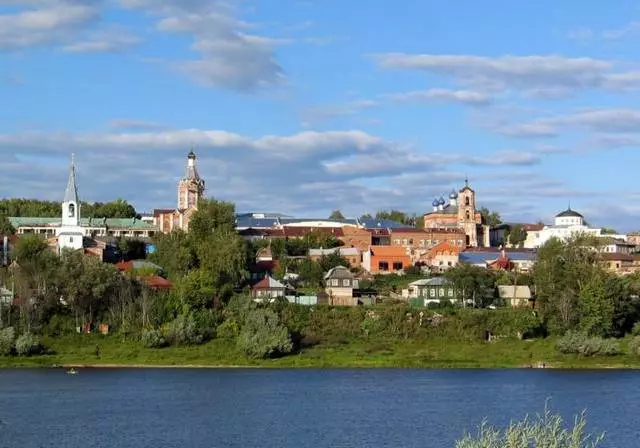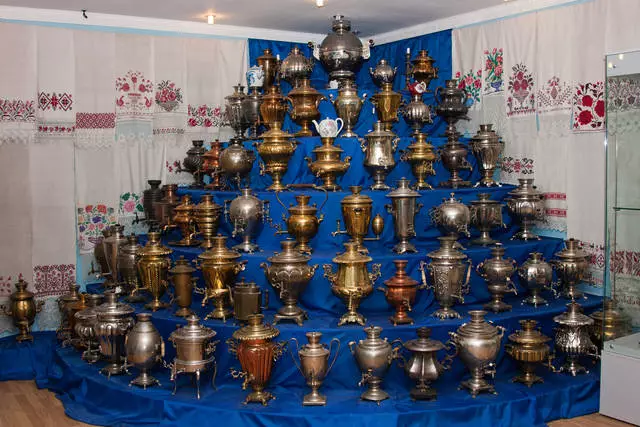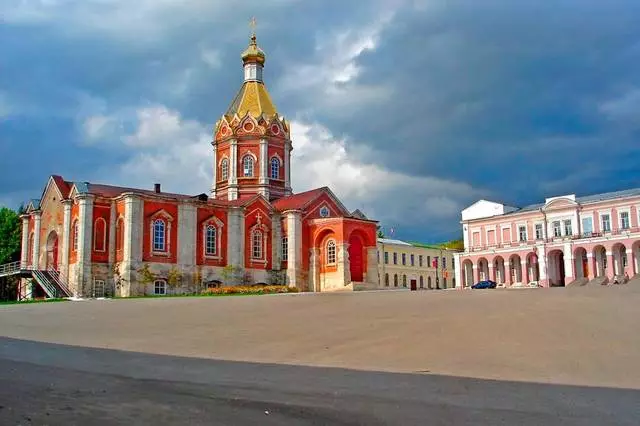Casimov is in a common old Russian town located in the northeastern part of the Ryazan region on the left bank of the Oka River. And although it is geographically part of the Ryazan region, it is considered the city of regional significance, and not the district center. As well as Moscow Casimov was founded by Prince Yuri Dolgorukh. This city is incredibly rich in historical attractions, and the age of many of them exceeds not one hundred years and also has a huge architectural and cultural value.
When you first arrive in this city, then you will immediately improve the abundance of old buildings related to the period of the eighteenth-nineteenth century. So when you walk through this amazing city, then you will undoubtedly have such a feeling that you seemed to be transferred for several centuries ago. Almost in the very center of Casimov, you can see classic mansions related to the historical era. And of course, it is worth paying special attention to the Embankment of the Oka River.

First of all, the local history museum should be visited in Kasimov, the exposition of which two buildings are occupied at once - the former home of the merchants of Alaanchikov and the Khan mosque. Since he was discovered in 1921, he became the first institution of this kind in the Ryazan region. To date, in the premises of the former merchant house, you can see exhibits, telling detail about the nature of these places and about the history of the city. There is also a large number of objects found in the process of archaeological excavations. Well, in the mosque building, if you have time to look there, you can see the exhibition of vintage jewelry and items from the life and personal use of Tatars.
No less interest in this city is the Russian Samovar Museum opened in 2007. All its exposition is entirely devoted to these amazing creations. There are only two of these museums in Russia and one of them, respectively, is in Casimov. In addition to the self-selfovarov itself in the museum you can see many other items directly related to tea drinking - cutlery, unique tea sets, furniture and towels.

The bells museum was open in Casimov not so long ago - in 2014. But in its exposition, it is already possible to see about one and a half thousand bells. Moreover, among them you can meet very unique exhibits that were cast by the most best Russian masters in the era of the Board of Ivan Grozny. In addition to Russian bells, copies from China and Italy also are also presented in the collection.
The Tatar heritage of the city of Kasimov is primarily reminiscent of the tomb (teaching) of the Sultan Afghan Mukhamed, erected from stone. It was built back in 1649 after the death of Sultan his wife Altyn Han. The tomb was originally erected in the form of a mausoleum. It rests along with the Sultan the remains of the most recent rulers of the Kasim Khanate, the wife of Sultan is buried immediately.
Practically in the central part of the city of Kasimov is an ancient Ascension Cathedral. According to the city chronicles until 1748, there was a wooden church on this very spot, and only then a new stone temple was built in 1862. During the years of Soviet power, the temple of course was closed and came to the launch, but in the nineties of the last century he was returned to the Lohn of the Orthodox Church and restoration work was made in it.

But still the older Orthodox Church in Kasimov is the Epiphany or Georgievskaya, which was built in 1700 after Casimov entered the territory of Russia. It was at that time that these land owned by Kasimov Kanchemic) began to settle Russian immigrants, which began to restore Orthodoxy in these territories.
The khan mosque was originally built in Casimov at the top of the Tatar mountain. If you climb into its high minaret, you can see what a magnificent view from there opens. It is not known for certain, with what Kane this mosque was erected - with Casima or Shah Ali. But during the reign of Peter I, the mosque was generally dismantled, only minaret remained from it. And she was restored only by the end of the eighteenth century, at the same time the second floor was completed and the mosque was lined with marble. Nowadays, the museum works on the first floor of the mosque, and on the second there is a prayer hall.
